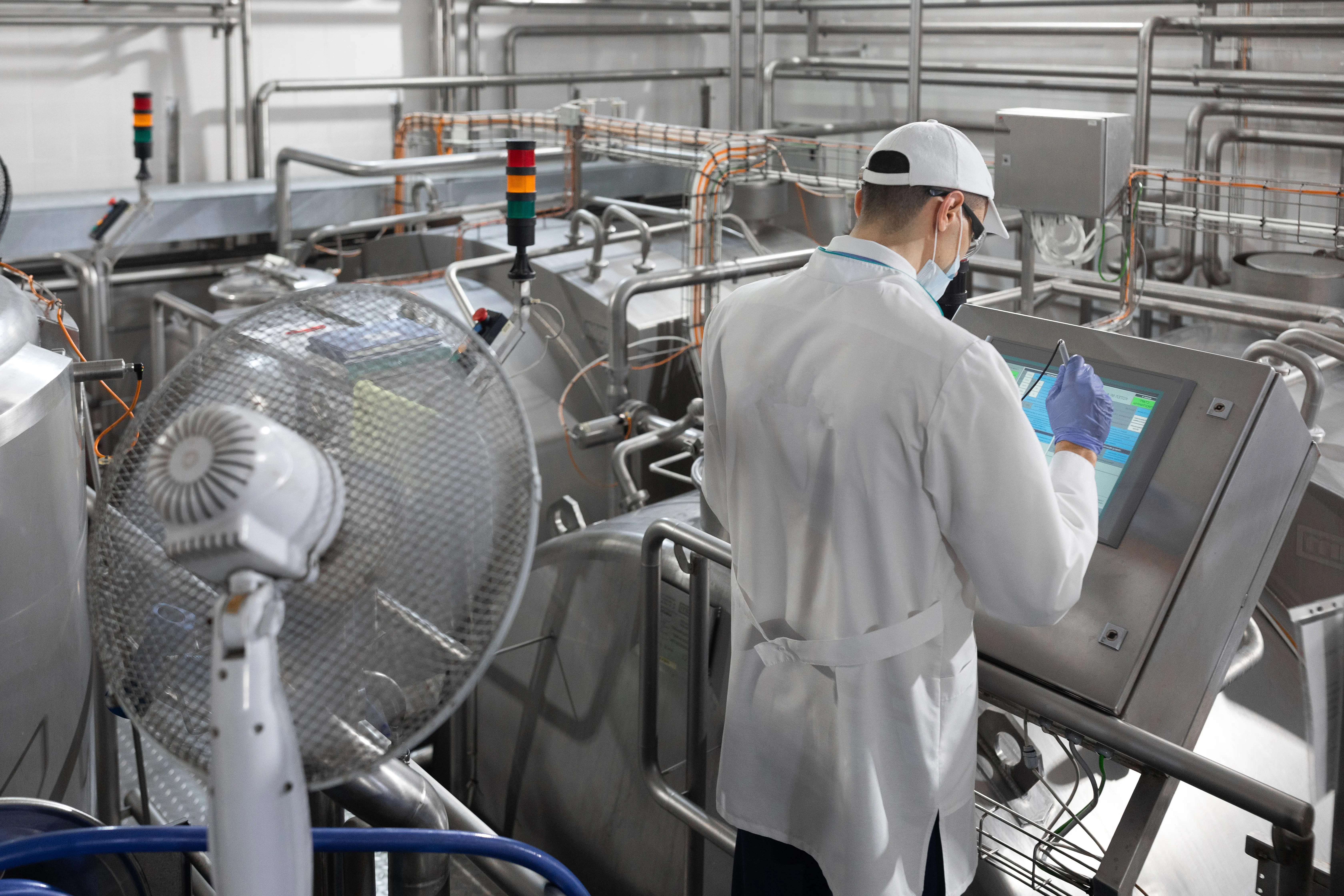760

The microbiological standards applicable to milk and dairy products continue to be refined at the European level, against the backdrop of technological progress and increased attention to food safety. The European Commission, through legislation on microbiological criteria for food, sets clear limits for indicators such as Listeria monocytogenes, Salmonella, Escherichia coli, and the total germ count across various categories of dairy products. EFSA provides updated scientific opinions that underpin the revision of these criteria, based on reported outbreaks and changes in consumption patterns.
In recent years, the dairy industry has adopted advanced technologies for pasteurization, microfiltration, and real-time monitoring, which have enabled a reduction in microbial load and an extension of shelf life without compromising safety. IDF studies show that in member states with a high degree of automation, batch rejections on microbiological grounds have decreased by up to 30%. For processors, complying with the standards is no longer merely an exercise in conformity but a mandatory condition for stable access to modern retail and external markets.
In Romania, the Ministry of Agriculture and Rural Development (MADR) and the National Sanitary Veterinary and Food Safety Authority (ANSVSA) are implementing coordinated controls along the milk–processor–retail chain, and statistical data indicate an increase in compliance and a stricter selection of raw milk suppliers. Investments in hygiene, internal laboratories, and strengthened HACCP systems are becoming essential for maintaining competitiveness. The evolution of microbiological standards is pushing the industry to operate within a more predictable framework, where traceability and quality become central criteria for commercial stability.
(Photo: Freepik)





